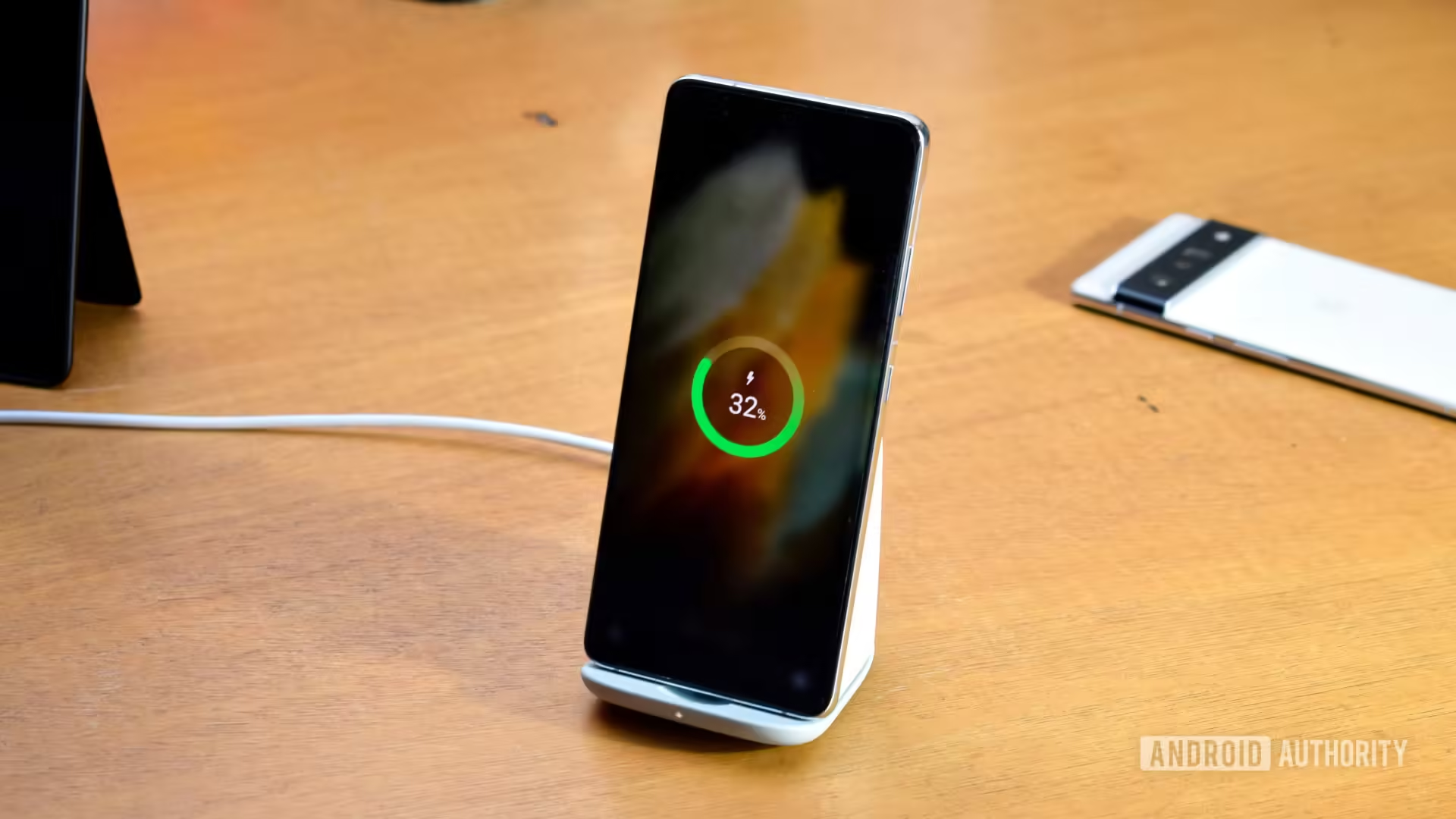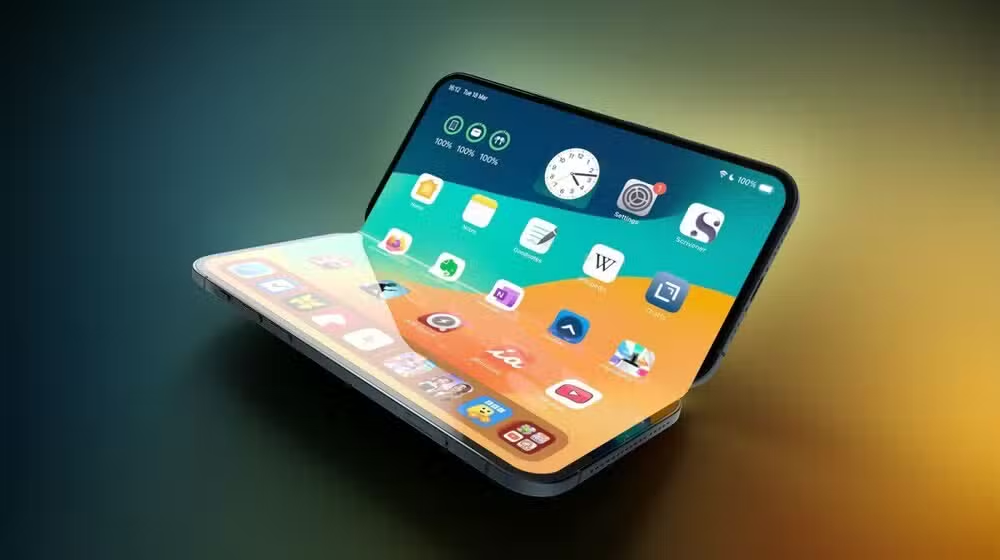Charging your phone might seem like a simple and automatic part of your daily routine, but there’s more happening under the hood than you might think.
One of the drawbacks of our connected modern existence is that we’re almost always monitoring the battery life of our phones. Charging habits play a significant role in maintaining that battery life.
Modern phones predominantly use rechargeable lithium-ion batteries. While these batteries are size-efficient and adaptable, they have some limitations. They aren’t best suited to being completely drained or left charging when already full. Either of these practices can slowly drain the overall charge capacity of a battery cell.
To maintain battery health, avoid leaving your phone charging for extended periods. Unplug it once the battery reaches 100%. While many phones now include systems that stop charging when full, it’s still better to unplug it yourself.
Safety is another important consideration. Charging many phones results in noticeable warmth as the battery fills up. This warmth means it’s not advisable to keep your phone under your pillow or in your bed while charging, as blankets and bedsheets can cause it to overheat, potentially leading to a fire risk. Apple and Google recommend charging your phone on a clean surface, like a bedside table.
Cheap Replacement Cables and Plugs
It’s rare to find someone who still has their original charging cable and plug years after getting their phone. These items are easy to lose and cheap to replace, but be cautious about going too cheap. Poorly made cables and plugs can result in slower charging or overheating.
Battery-Saving Apps
Battery-saving apps might seem appealing, but they aren’t worth the risk. On iPhones, such apps are unlikely to access meaningful settings and might just take your money. On Android, they might have more access but could pose security risks. It’s better to manage battery life through trusted methods and built-in phone settings.



